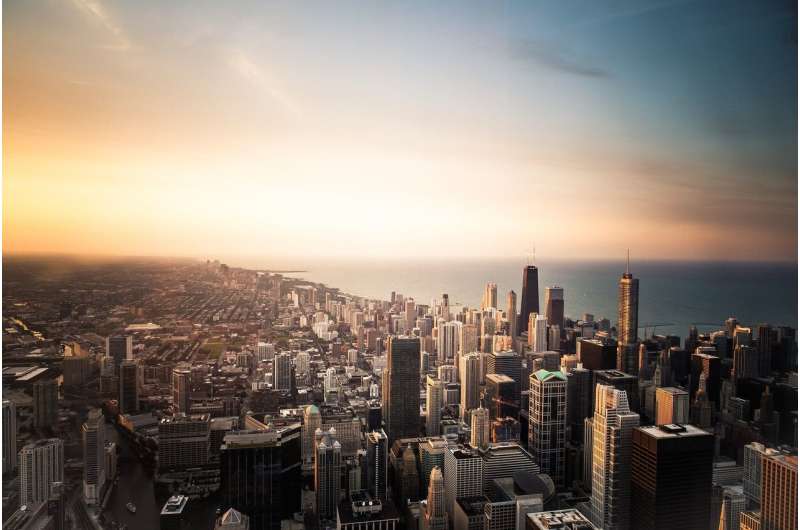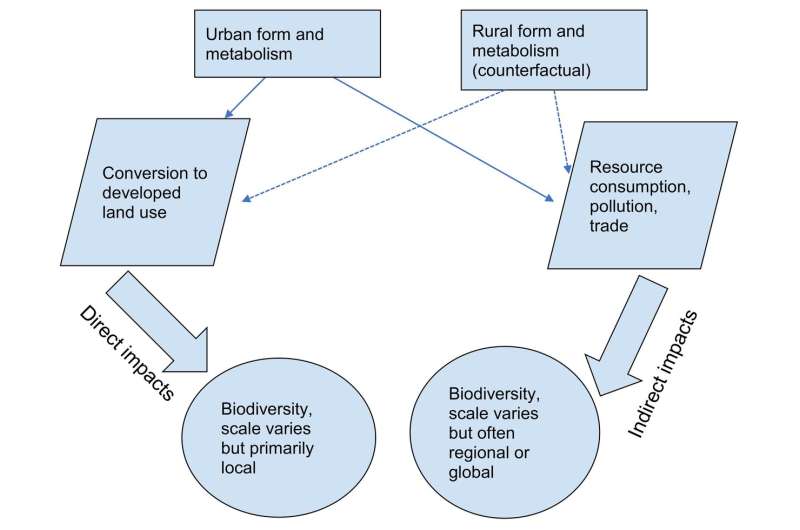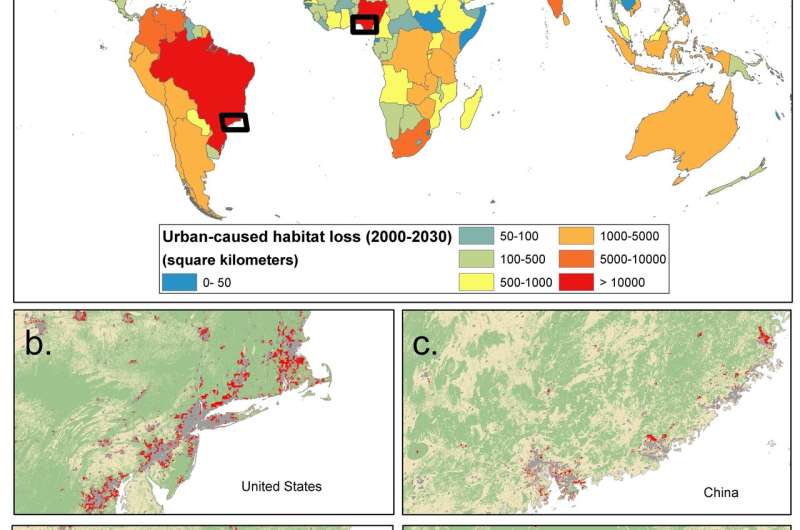Cities and their rising impacts on biodiversity—a global overview

The rapid expansion of cities around the world is having an enormous impact on biodiversity. To gain a clearer picture of the situation, an international group of scientists, including Professor Andrew Gonzalez from McGill's Biology Department, surveyed over 600 studies on the impacts of urban growth on biodiversity. They published their findings today in Nature Sustainability.
"Our understanding of the rising impacts of cities is crucial for future biodiversity targets, but we must quickly fill existing gaps in our knowledge because they impede our ability to make new policy to manage the impacts of urban growth," says Gonzalez.
The research underlines what we know about the effects of urban expansion on natural habitats:
- We are living in the fastest period of urban growth in human history. By 2030, more than 2 billion additional people are expected to be living in cities, a pace of urban growth that is the equivalent to building a city the size of New York City every six weeks.
- 290,000 square kilometers, (an area larger in size than the entire United Kingdom) of natural habitat are forecast to be converted to urban land uses by 2030.
- The direct impacts of urban expansion on biodiversity will be most severe in the tropical coastal regions such as those in China, Brazil, and Nigeria where there is a high level of biodiversity.

Conceptual diagram of direct and indirect impacts on urban areas. Credit: Robert McDonald But the research also suggests that scientists are not studying the impacts of urban growth in the right places. The authors find that more research is needed if we are to build a complete picture of how cities are impacting nature. Key aspects for future research include:
- More research into the impacts of urban expansion in lower income countries in the southern hemisphere where loss of natural habitat is projected to be most severe, particularly in the tropical rain forests, such as those along the Brazilian coast, in West Africa and in Southeast Asia.
- 72% of studies of direct urban impacts on biodiversity are in high-income countries, while the natural habitat loss caused by urban expansion is projected to be most severe in lower-income countries.
- Comparatively few studies (only 34%) have quantified the indirect impacts of urban growth on biodiversity.
- The indirect impacts of urban expansion on biodiversity, such as the food and energy needed to maintain city residents stretch far beyond the city limits and are likely to have a much greater impact than the direct impacts of the city itself. For example, the amount of agricultural land required to feed the world's cities is 36 times greater in size than the urban areas themselves.

More information: Research gaps in knowledge of the impact of urban growth on biodiversity, Nature Sustainability (2019). DOI: 10.1038/s41893-019-0436-6 , nature.com/articles/s41893-019-0436-6
Journal information: Nature Sustainability
Provided by McGill University





















